10 Types of Blackbirds in Pennsylvania (With Pictures)
Last Updated on

If you live in Pennsylvania, there’s no shortage of birds for you to spot. Black birds are often pests that drive away smaller birds, but until you know what you’re dealing with, there’s not much that you can do about it.
Whether you’re trying to attract, deter, or just identify a black bird in Pennsylvania, we walk you through everything that you need to know here.

The 10 Types of Blackbirds in Pennsylvania
1. European Starling

| Scientific Name: | Sturnus vulgaris |
| Population: | 200 million |
| Length: | 7.9 to 9.1 inches |
| Wingspan: | 12.2 to 15.8 inches |
| Weight: | 1.1 to 2.7 ounces |
The European starling is an invasive species in the United States, and their population numbers have soared due to a lack of natural predators. They live all over the United States, Pennsylvania included, and today, there are around 200 million of these birds in the country.
They’re larger than most backyard birds, travel in flocks, and can drain backyard feeders in a day. Most people consider them a nuisance because they’ll also try to drive off smaller competition.
2. Red-Winged Blackbird
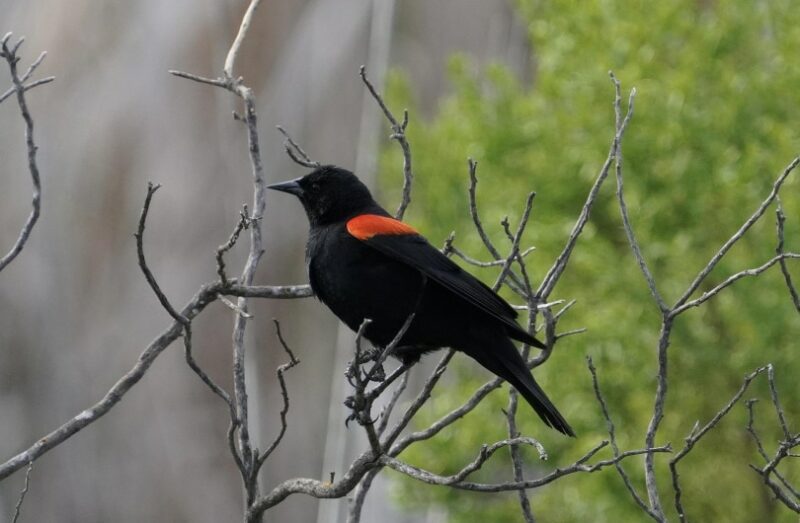
| Scientific Name: | Agelaius phoeniceus |
| Population: | 210 million |
| Length: | 6.7 to 9.1 inches |
| Wingspan: | 12.2 to 15.8 inches |
| Weight: | 1.1 to 2.7 ounces |
One common black bird that you can find in Pennsylvania is the red-winged blackbird. With their population numbers exceeding 210 million, they’re all over the place. You can tell them apart from other black birds by looking for a distinctive red patch between each of their wings and their body.
They’re year-round residents in Pennsylvania, so you can spot these birds regardless of the season.
3. Common Grackle
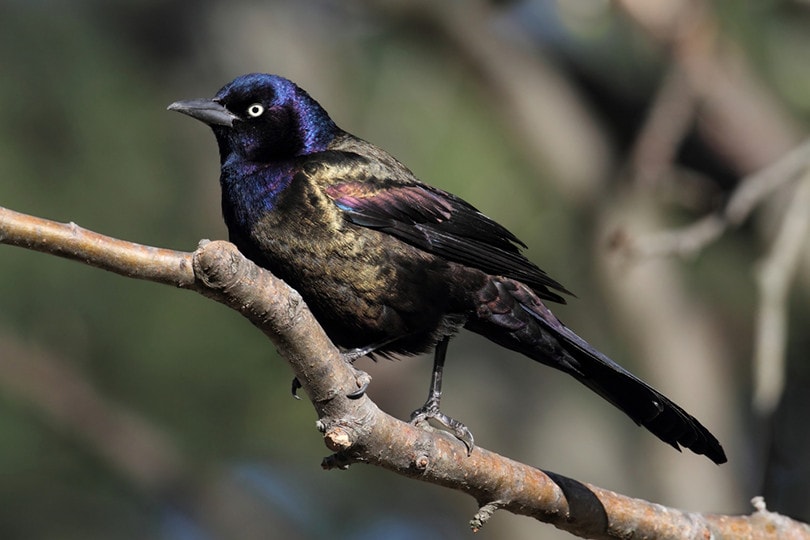
| Scientific Name: | Quiscalus quiscula |
| Population: | 67 million |
| Length: | 11 to 13.4 inches |
| Wingspan: | 14.2 to 18.1 inches |
| Weight: | 2.6 to 5 ounces |
The common grackle doesn’t have near the numbers as either the European starling or the red-winged blackbird, but with population numbers near 67 million, they’re still plentiful. They have more of a bluish tinge to their head, but when you pair it with their black and purple feathers across the rest of their body, they have quite a dark appearance.
They’re a large bird that will drive off smaller birds from yards, so most people consider the common grackle a pest.
4. Brown-Headed Cowbird
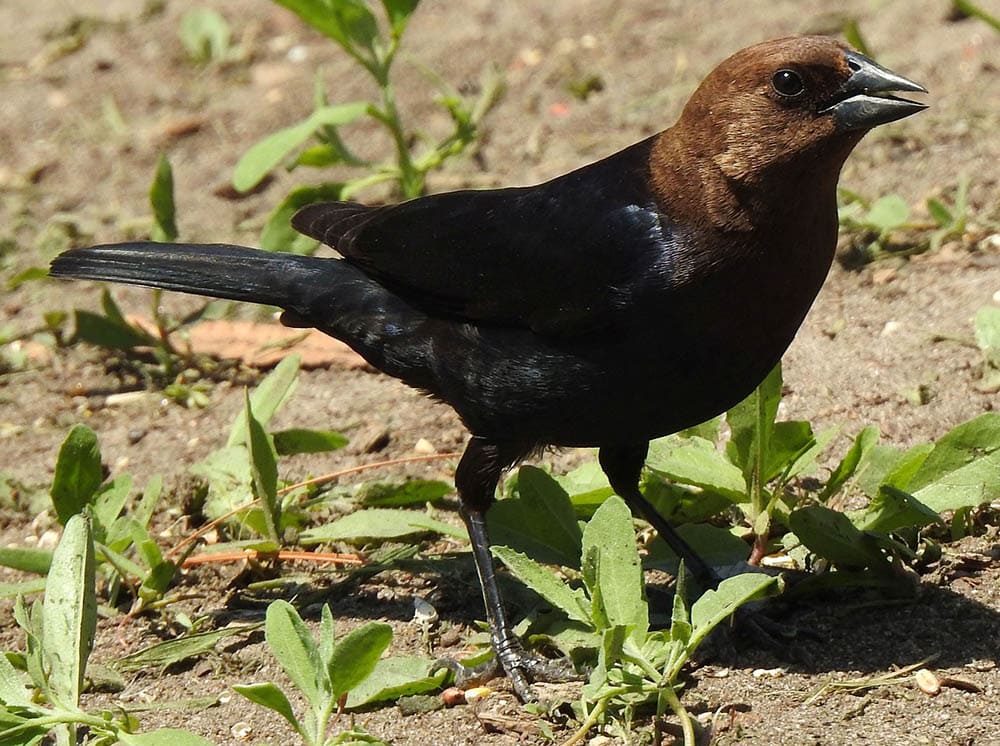
| Scientific Name: | Molothrus ater |
| Population: | 56 million |
| Length: | 6.3 to 7.9 inches |
| Wingspan: | 12.6 to 15 inches |
| Weight: | 1.3 to 1.6 ounces |
Female brown-headed cowbirds have distinctive brown coloring, but males are typically darker in color. They’re a bird with a year-round presence in Pennsylvania.
They have a stocky body with a short beak. They’re slightly rarer than any of the birds previously highlighted, but with 56 million birds out there, they’re still more than plentiful.
5. Baltimore Oriole

| Scientific Name: | Icterus galbula |
| Population: | 6 million |
| Length: | 6.7 to 7.5 inches |
| Wingspan: | 9.1 to 11.8 inches |
| Weight: | 1.1 to 1.4 ounces |
With a population number of just 6 million, the Baltimore oriole isn’t as plentiful as the other birds on this list. Moreover, they’re only seasonal visitors in Pennsylvania. They come up during the summer months for the breeding season, but when the weather cools, they head south for warmer locales.
6. Orchard Oriole

| Scientific Name: | Icterus spurius |
| Population: | 12 million |
| Length: | 5.9 to 7.1 inches |
| Wingspan: | 9.8 inches |
| Weight: | 0.6 to 1 ounce |
Just like the Baltimore oriole, the orchard oriole only comes to visit Pennsylvania during the warmer summer months to breed. Pennsylvania is near the top end of their range, and when winter comes, they travel down to southern Mexico and northern parts of South America.
They outnumber Baltimore orioles about two to one, making them the more likely of the pair that you’ll see in Pennsylvania.
7. Eastern Meadowlark
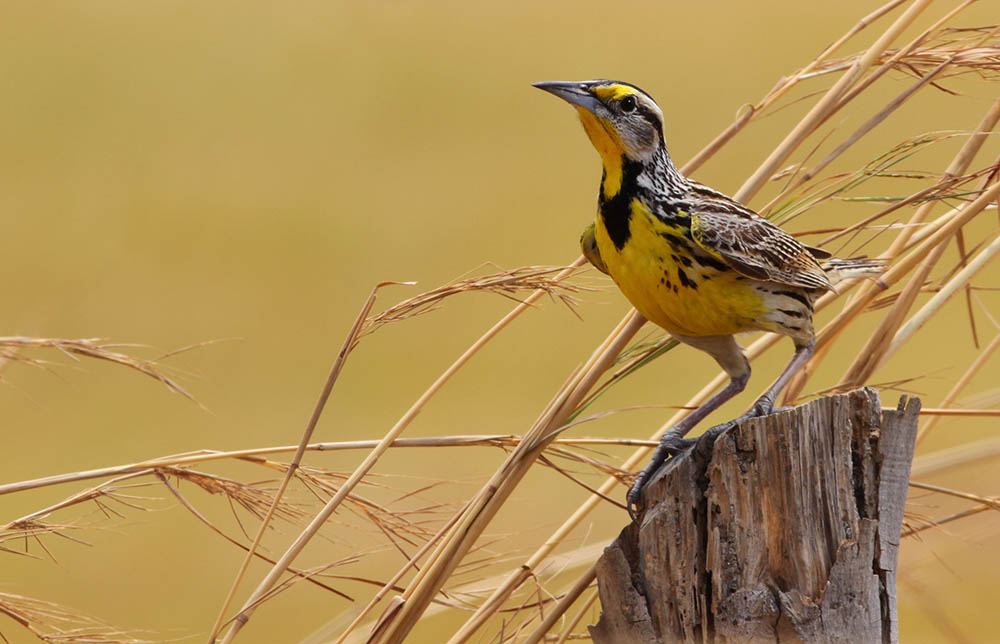
| Scientific Name: | Sturnella magna |
| Population: | 37 million |
| Length: | 7.5 to 10.2 inches |
| Wingspan: | 13.8 to 15.8 inches |
| Weight: | 3.2 to 5.3 ounces |
While eastern meadowlark might have yellow and brown feathers, did you know that they’re a part of the blackbird family? They make this list because of how they’re classified, not because of the splotches of black on their body.
They’re a year-long resident throughout most of the state, but their population numbers are dwindling each year.
8. Rusty Blackbird
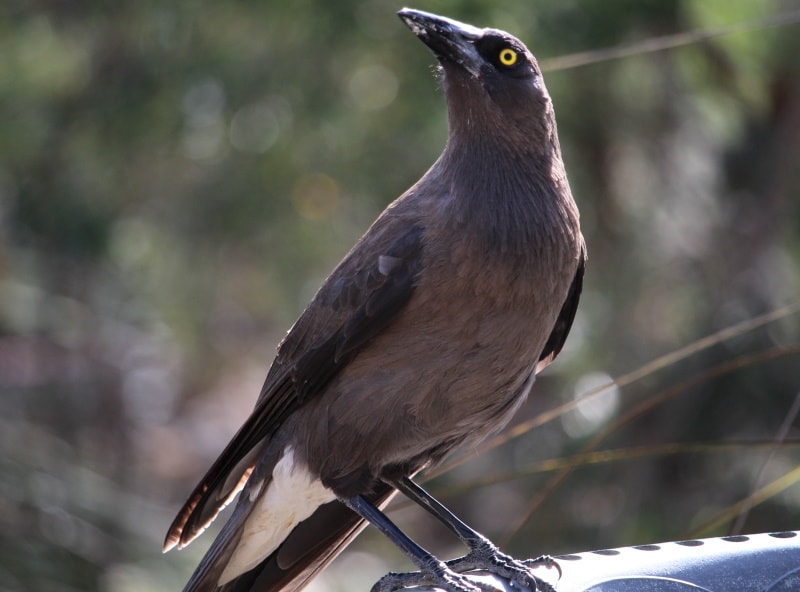
| Scientific Name: | Euphagus carolinus |
| Population: | 5 million |
| Length: | 8.3 to 9.8 inches |
| Wingspan: | 14.6 inches |
| Weight: | 1.7 to 2.8 ounces |
Throughout most of Pennsylvania, the rusty blackbird is a migratory bird, but if you’re in the lower right portion of the state, they might settle there for the winter months. Their current population only sits at about 5 million birds, though, so they’re not that plentiful.
They’re mostly black, but you can see splotches of rust-colored brown throughout, and that’s how they got their name.
9. Bobolink

| Scientific Name: | Dolichonyx oryzivorus |
| Population: | 11 million |
| Length: | 5.9 to 8.3 inches |
| Wingspan: | 10.6 inches |
| Weight: | 1 to 2 ounces |
The Bobolink is a bird that settles in Pennsylvania for the breeding season before migrating far south for the non-breeding season. They go all the way down to central parts of South America.
They’re a mostly black bird, with tufts of yellow on the back of their head and sporadic white feathers throughout. There are only about 11 million of these birds left, but the next time that you spot one, think of the vast distances that they’ve traveled just to reach your yard!
10. American Crow
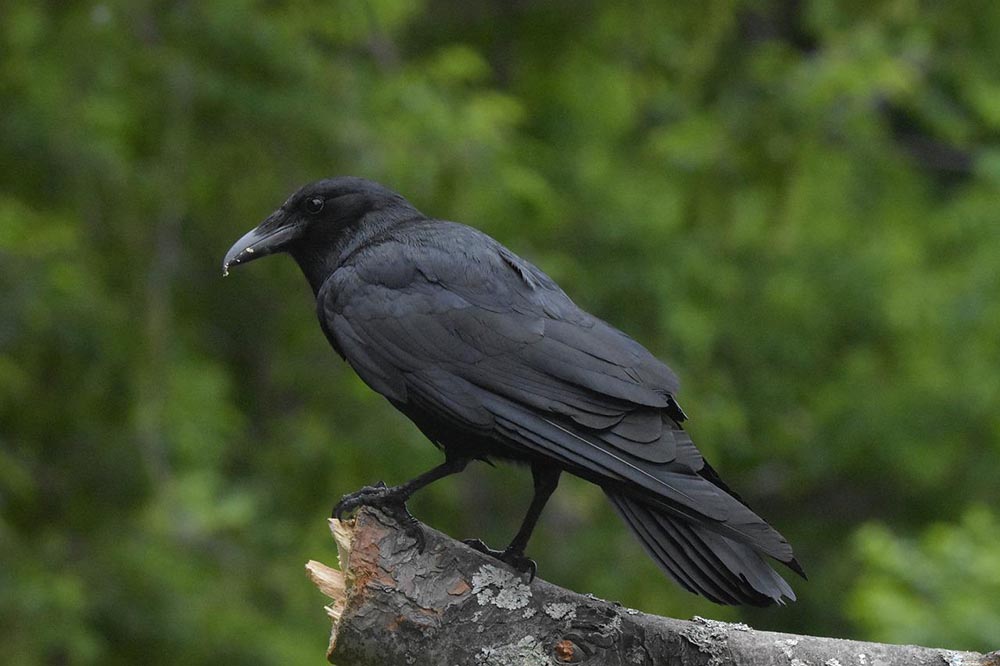
| Scientific Name: | Corvus brachyrhynchos |
| Population: | 31 million |
| Length: | 15.8 to 20.9 inches |
| Wingspan: | 33.5 to 39.4 inches |
| Weight: | 11.2 to 21.9 ounces |
The American crow has a yearlong presence throughout the entire continental United States. These birds thrive in human-made conditions, so you’re most likely to see them in cities like Pittsburgh or Philadelphia in Pennsylvania. But any areas with high concentrations of people are sure to attract the American crow.
They’re also the largest black bird on this list by far, making them easy to spot if you’re in any of these environments.

Final Thoughts
If you’re noticing black birds in Pennsylvania, you’re not alone, and hopefully, you now have a better idea of what you’re spotting. There are many variations around, but the most common ones are definitely the red-winged blackbird, the European starling, and the common grackle.
Now, keep an eye out and see if you can’t identify the next black bird that you see!
Featured Image Credit: Andrei Prodan, Pixabay
About the Author Robert Sparks
Robert’s obsession with all things optical started early in life, when his optician father would bring home prototypes for Robert to play with. Nowadays, Robert is dedicated to helping others find the right optics for their needs. His hobbies include astronomy, astrophysics, and model building. Originally from Newark, NJ, he resides in Santa Fe, New Mexico, where the nighttime skies are filled with glittering stars.
Related Articles:
Monocular vs Telescope: Differences Explained (With Pictures)
10 Types of Hummingbirds in Arkansas (With Pictures)
8 Types of Hummingbirds in Nebraska (With Pictures)
5 Types of Hummingbirds in Idaho (With Pictures)
3 Types of Hummingbirds in Mississippi (With Pictures)
8 Types of Hummingbirds in Kansas (With Pictures)
5 Types of Hummingbirds in West Virginia (With Pictures)
5 Types of Hummingbirds in Ohio (With Pictures)
